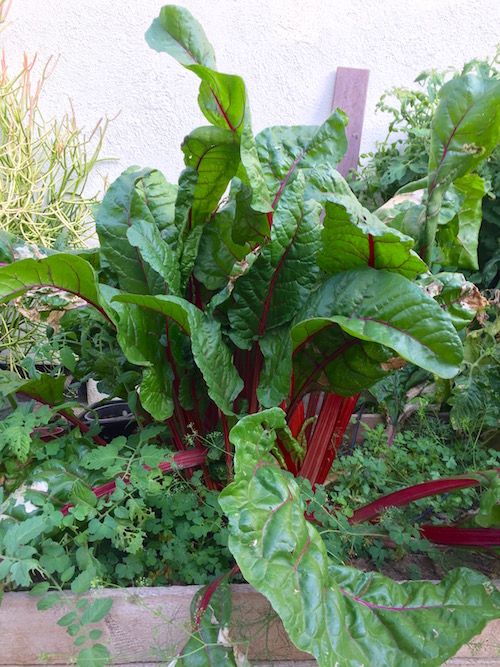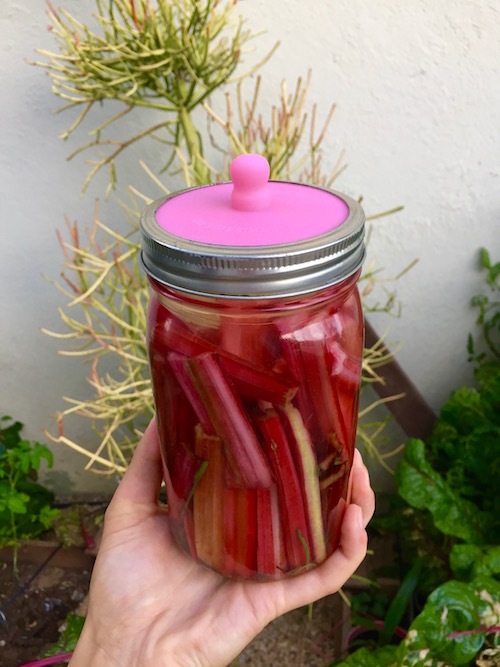Just before the release of the Noma Guide to Fermentation I found a particular interest in an ADORABLE and delicious little mold called aspergillus oryzae. I know, I know. Certain questions arise like, “Is this edible?”, “Is this an ancient disease thats come to smite our children”? “Is this a Greek mythology character?”.
No, no. If you’re familiar with sake, miso, mirin, or soy sauce then you have tasted the iceberg of wonder that this little mold brings to the world. I mentioned the Noma Guide to Fermentation because they describe AT LENGTHS how to inoculate, grow, utilize, and consume many different kinds of koji. I will VAGUELY describe my process that I took the grow the koji and make the marinade.
Let’s discuss the heavenly taste of shio koji. Shio koji is basically a CURED marinade made from combining fresh koji, salt, and water. It is completely delicious… It adds salt and umami to anything. You can use it to grill vegetables, marinade meat, or do anything your heart desires. Here is how it’s done!
1. Grow the Koji
The first and most obvious thing to do before making a shio koji is to grow that fun stuff. Now since this can be a bit of a difficult task that requires equipment and planning and I tend to be a bit of an experimentationist (not a real word I don’t think) I will just touch on the basics.
Items you will need:

- Koji spores (I used barley koji spores) You can buy them here.
- A clean tea towel
- An electric thermometer
- Polished barley or rice depending on the type you choose
- A vessel (Can be MANY different things, I used a lipped baking sheet
- A warm environment
- Patience and excitement!
Step One:
- Soak barley overnight and then steam until just tender. Make sure not to overcook the barley! Strain barley. Following place the barley inside slightly moistened tea towel onto a tray and spread the barley out evenly. THIS PART IS IMPORTANT:
- Use the electric thermometer to wait (anxiously if you are me) for the barley to cool down to 35 degrees Celsius or 95 degrees Fahrenheit! If it is too hot the spores will die.

3. Evenly distribute the spores, you really don’t need a lot. Just distribute light salting across all of the barley. Mix up gently and spread out evenly.
4. Place the the tray inside the oven with the light on. I used some tupperware covers to cover the stray to keep the humidity and condensation inside. Get creative, but you will need to cover the koji without letting the item actually touch the rice/barley or it will not sporulate.
Step Two:
- Check koji every 12 hours or so. You should start to see signs of little mycelial growth! Wee! If you are not seeing condensation you can place a small bowl of boiling water inside the oven to increase humidity. Try different things and see if it works.
- At 36 hours you SHOULD be able to see lots of growth. It should also smell OTHERWORLDLY, similar to a nice warm sake if you can imagine it. Break up the koji and distribute evenly. Furrow the koji into three mounds, almost like sand dunes in the desert (lol, sorry I didn’t take a photo).
- . After 48 hours you should get your koji! It should look something like this. My growth was not SUPER evenly distributed but guess what? It doesn’t matter this is just supposed to be fun!

2. Prepare Shio Koji
Once you have your finished and fresh shio koji you need to break it up and add it into a bowl with salt and water.
The ratios for this are simple. You MAY need a scale for this part, or you can wing it… like me.
- Break up and massage grains in your hands. Should become very aromatic.
2. Add equal parts of koji & water and 10% of the koji’s weight in salt. If you have 1 cup of koji, add 1 cup of water, and around 4 tablespoons of salt.

4. Massage well. Transfer to a container to sit for around 7 days. Make sure you check this every 12 hours because it can become very active and explode your container if you don’t check it!

5. After checking and stirring well for 7 days, you can blend it with a blender to make the sauce uniform. Place in refrigerator and use for everything! I hear many different things on how long shio-koji can last, but I have been using mine for 2 months now. The flavor has matured so much since that first blend! Happy koji-ing!

I have now used this to marinade vegetables and grill them, added to salad dressings, and added to bone broth at the last stage of cooking. EVERY single thing has been paradigm shift delicious.







